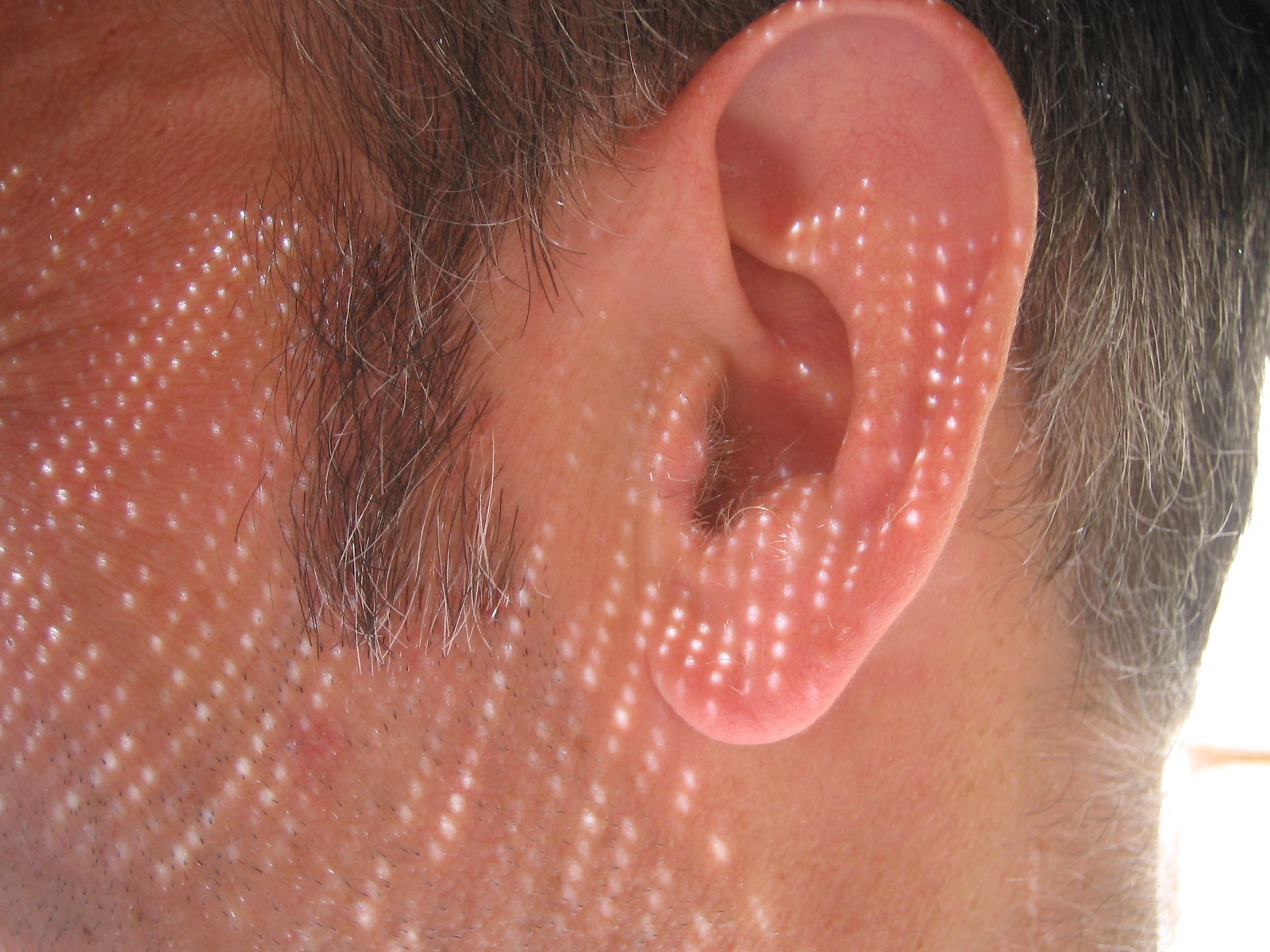“Don’t listen to your music too loudly.”
It’s a common warning. Although we are constantly surrounded by noise, everyday sounds are usually at safe volume levels that don’t affect hearing. However, loud noises, especially long-lasting ones, can cause serious damage to structures in the inner ear. This damage can result in noise-induced hearing loss (NIHL).
Noise-induced hearing loss (NIHL) is a common hearing disorder, affecting approximately 15% of Americans between the ages of 20 and 69, and present in children as well. It can be caused by a single exposure to a very loud “impulse sound” (like an explosion) or lasting exposure to loud noise over time. Listening to music at high volumes, attending concerts, and target shooting and hunting are all examples of activities that can increase your risk of developing NIHL.
Image Source: CHRIS/RelaXimages
Recently, a team of researchers determined the function of pejkavin, a protein that plays an important role in hearing. They discovered that the absence of pejkavin is responsible for noise-induced hearing loss.
In 2006, the research team identified a gene responsible for early-onset sensorineural hearing loss that coded for a protein later named “pejkavin”, meaning “echo” in Persian. Individuals with mutations in this gene were given audiometric tests, revealing an abnormally high variety in the severity and characteristics of their hearing impairments.
In their most recent study, the researchers attempted to identify the cause for this diversity. They studied young mice with inactivated pejkavin genes. The results again showed a high level of diversity in hearing impairments, as some mice were mildly affected, while others suffered from more severe hearing loss. The scientists observed that as the number of mice in a cage increased, their hearing thresholds went up as well. This was due to higher numbers of mice in a cage, causing higher noise levels in the environment. From these observations, the scientists were able to establish that the auditory systems of mice without pejkavin are more strongly affected by the sounds in their environment.
The researchers determined that in mice lacking pejkavin, the auditory sensory cells become damaged by normally harmless sounds, and that prolonged exposure resulted in cell death. Christine Petit, one of the researchers, explained that “To put it simply, we discovered that a genetic disorder could be responsible for noise-induced hearing loss triggered by even very low noise levels.”
Moving forward, the scientists plan to explore techniques to restore pejkavin’s function. Gene therapy is one such technique that has already been promising in conserving hearing in mice without pejkavin who are exposed to excessive noise.
Feature Image Source: Ear by Simon James










